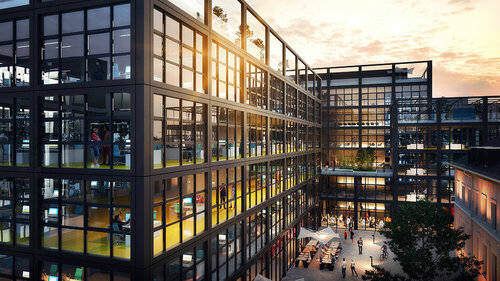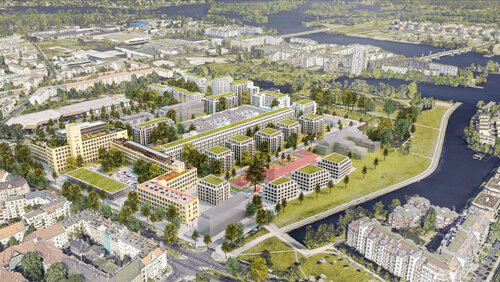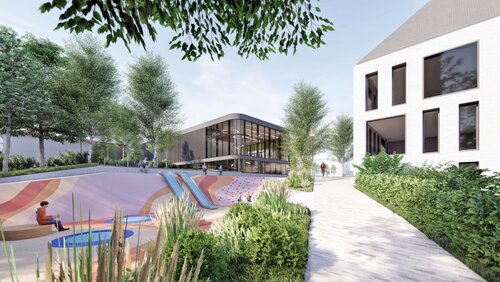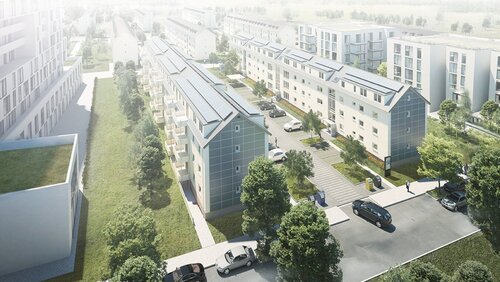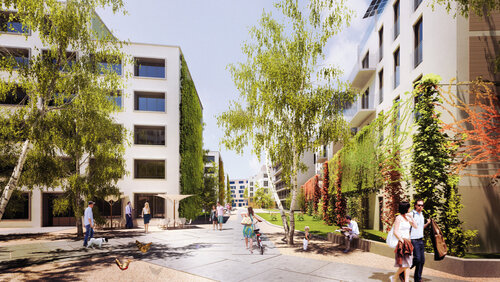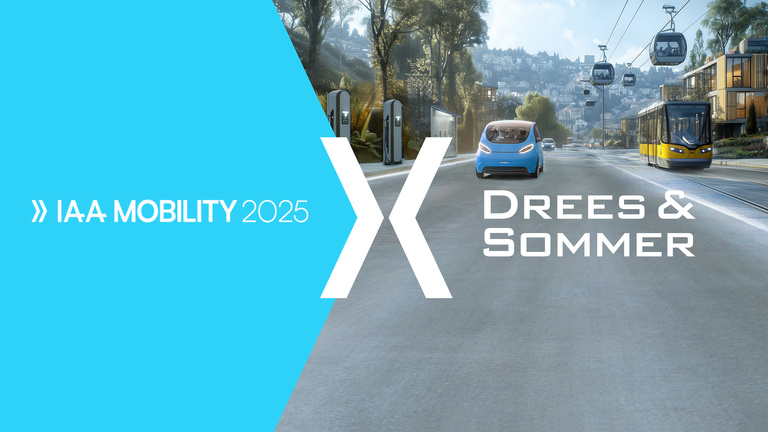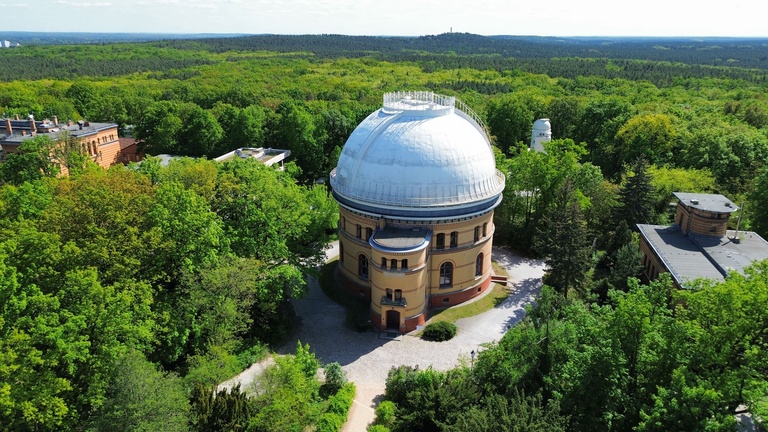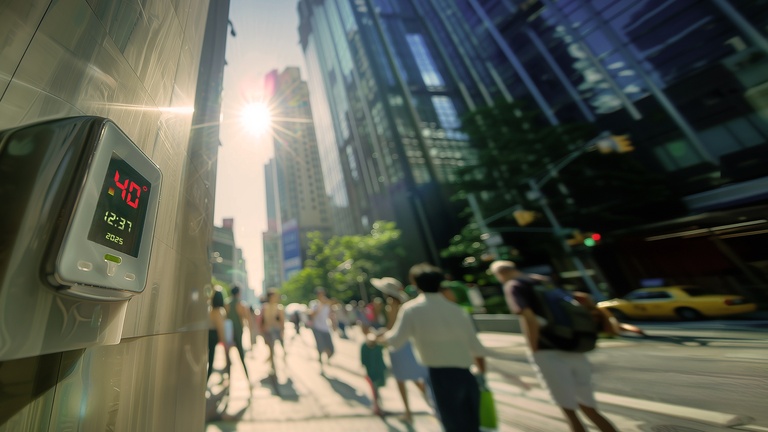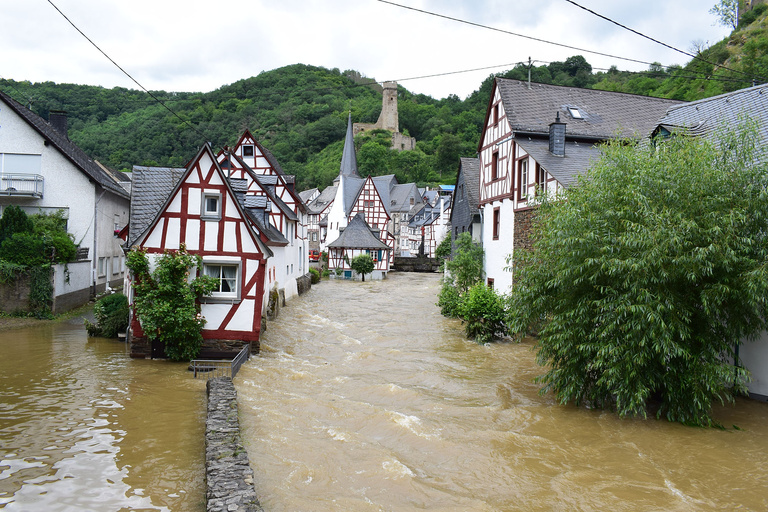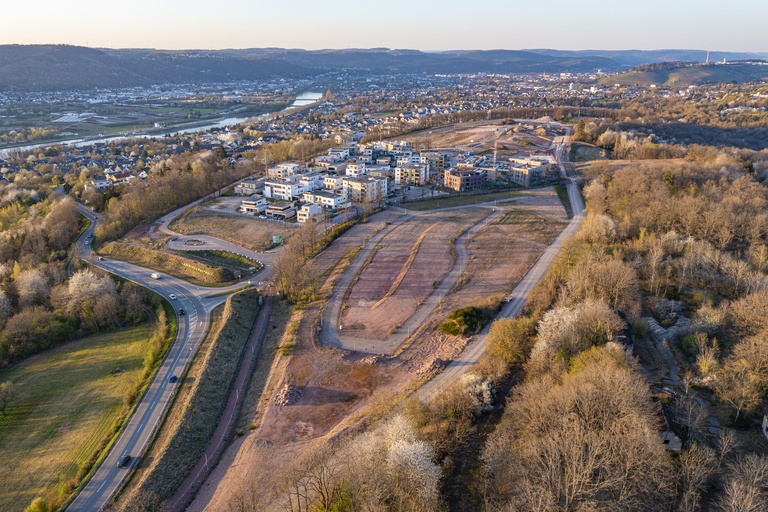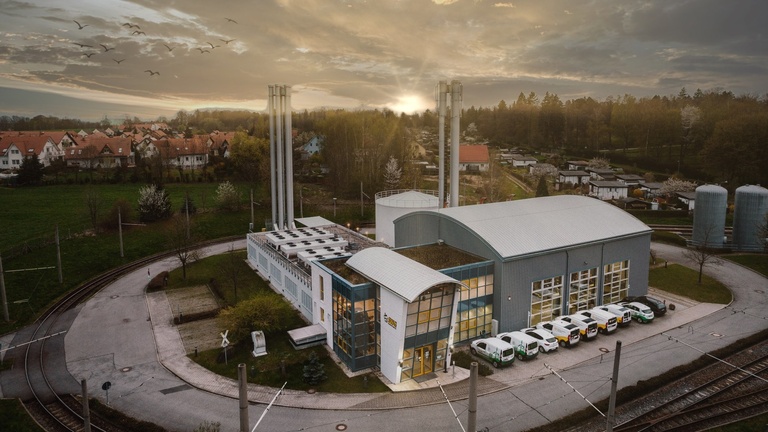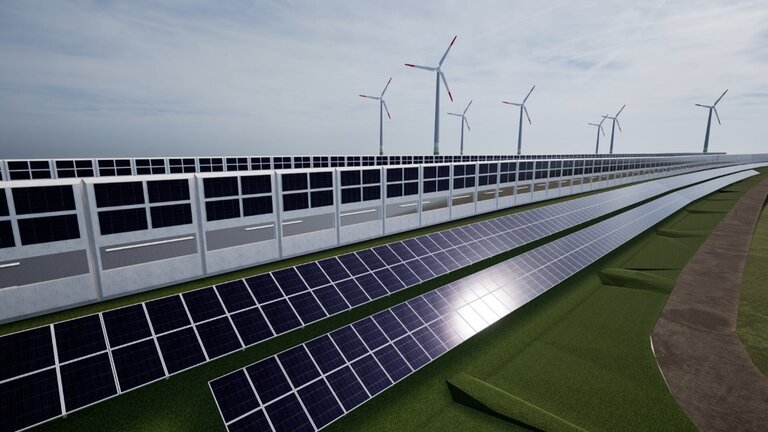
Urban and Infrastructure Solutions
Future-proof spaces: livable, sustainable, affordable
Cities are changing fast. Climate change, resource scarcity, digitalization, and an evolving society require a new approach and holistic solutions.
How do we keep pace? Urban and Infrastructure Solutions is our comprehensive consulting approach for any type and scale of built environment. We cover it all, transforming industrial sites, municipal heating systems, and entire cities.
We bring integrated solutions and expert knowledge of sustainable technology, economy, and successful transformation.
From Vision to Value – Your Leading Experts in Urban and Infrastructure Solutions.
Our Priorities
Our Solutions and Services
- Site and spatial development
- Urban and master planning
- Smart City strategy
- Mobility concepts and charging infrastructure
- Energy transition and decarbonization
- Biodiversity and sponge city design
- Climate adaptation concepts and sustainability strategies
WHAT YOU GET
Early action enables smarter investment.
- You gain technical depth in planning and consulting.
- You benefit from decades of experience and implementation skills.
- Our concepts anticipate construction and operations.
- We co-create with collaborative workflows.
- Teams scale to your needs and integrate partner support.
Holistic Consulting for Urban Transformation and Infrastructure
We understand cities, neighborhoods, campuses, infrastructure, and buildings systematically. Industries, the public sector, and the real estate industry are shifting toward a new economy. Smart cities are developing. Meanwhile, climate, mobility, and energy transitions reshape demographics.
We know complex, intertwined systems require an interdisciplinary approach.
Our Approach is Multidimensional
Various factors influence our environment:
We Consider All Dimensions

- Data connection
- Smart networking
- Neighborhood apps
- Safe City
- Economic efficiency
- Green bond
- Subsidies
- CO₂ tax
- New business models
- Sponge city principles
- Environmental risk analysis
- Blue-green infrastructure
- Reducing drinking water usage
- Conversion
- Transport
- Storage
- Savings
- High-tech/ low-tech requirements
- Efficiency
- Sufficiency
- Cradle to Cradle®
- Climate change
- Minimize carbon emissions
- Climate-friendly construction
- Microclimate simulation
- New mobility
- Mobility concepts
- City logistics
- Smart charging
- Demographic change/ structural change
- Social structures/ education
- Quality of life
- Working world and shopping behavior
- Public participation
- Urban farming
- Animal-aided design
- Open space concept
- Development/ technical master plan
- Planning and construction
- (Re)using/ lifespan
- Building and neighborhood certification
- Density
- Height development
- Building types
- Building orientation
- Certification/ ESG
- Certification of existing neighborhoods
- Pre-check of existing buildings in neighborhoods
News
Let's talk!
We’re happy to help.



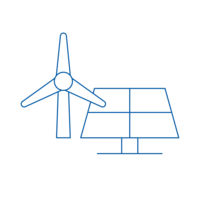
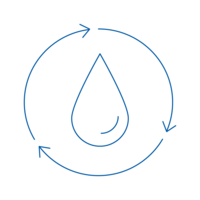

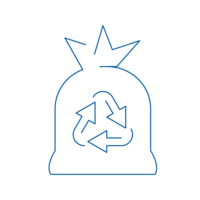

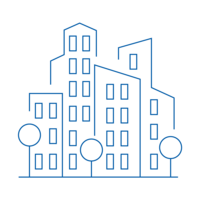




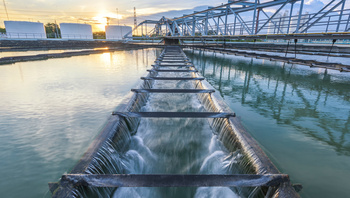
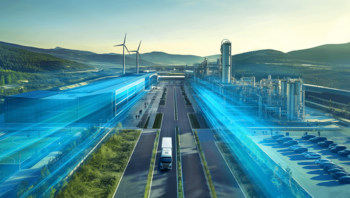


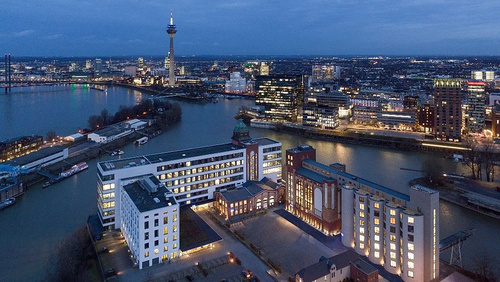




![[Translate to English:] VICTORIA PARK HAMBURG GmbH & Co. KG](https://cdn.dreso.com/fileadmin/_processed_/9/e/csm_Victoria_Park_DGNB_web2_b6ee5d8a49.jpg)
